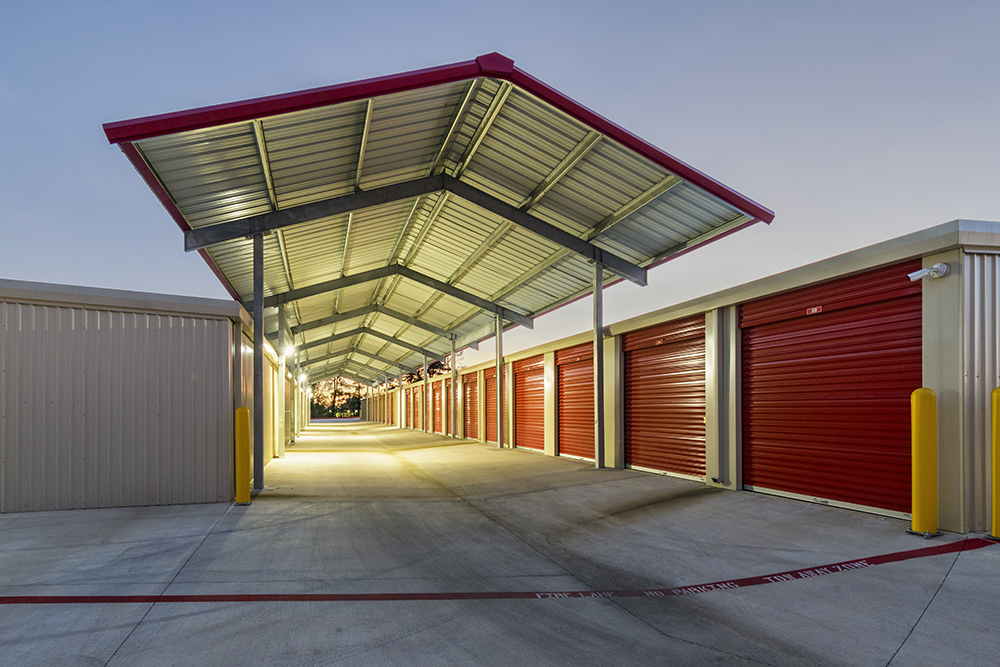- Products
- Industries
- Project Gallery
- Resource Center
- Metal Institute
- Shop
- Contact Us
April 28, 2022
by Lexi Edwards

Since the time we as humans first ventured out to create our own shelter millennia ago, we have tried every conceivable material and system for staying dry and keeping out the elements. From sticks and tree boughs to animal skins and thatch, the natural world has provided many ways of accomplishing this. Luckily, we’ve seen significant advancement since the days of thatched roofs.
Even so, there are many options on the market: asphalt or cedar shake shingles, built-up roofs, and even earth-covered, grass growing roofs. Of course, at MBCI, we’re rather partial to metal roofing systems – and with good reason. Shingles need replacing. Built-up roofing is prone to leaks. Metal, on the other hand, is built to last and stand up to everything the outdoors throws at it.
Should you decide a metal roof is the best for your project, there are still choices to make. The primary decision is whether to go with a PBR metal panel roof (through fastened panel) or a standing seam metal roof. We know the differences here can be a little confusing, so today we want to try to demystify these differences and help you decide which is right for your project.
We’ll start with the gold standard of metal roofs: Standing Seam Roof Panels
Standing seam roof panels have vertical or trapezoidal legs with a flat space in between. The edges of each panel raise up perpendicularly from the surface of the roof where they meet the adjoining panel. The joint between panels is the only place where penetration is even theoretically possible, but these joints are mechanically or hand-seamed together. This makes them weatherproof and watertight. Being raised off the surface of the panel also assists in their watertightness.
The panels are attached to the substrate with clips underneath. As Randy Tweedt of product training explains, this installation method allows the panels to expand and contract during thermal movement, making standing seam a great choice in areas with highly variable climates – or highly variable temperatures within a single day.
Standing seam panels have minimal exposed fasteners required to penetrate through the panel to secure it to the structure or substrate, further enhancing weathertightness. Skill, accuracy and time are required to properly install a standing seam roof. This can add to the timeline and cost, but is recouped in longevity and quality.
Standing seam roofs usually find their best applications in larger scale projects and more complex or aesthetic designs – especially those with extended expected lifetimes – such as retail, schools, commercial and government buildings.
Apart from the unbeatable weathertightness already mentioned, standing seam roofs also allow a lower roof slope than other roof types, and with minimal fasteners exposed to the elements, they are also virtually maintenance free. An occasional hose-down and/or debris removal is all that’s required. Standing seam panels can easily last up to 60 years if properly maintained.
The benefits of a standing seam roof do come at a greater cost and require a more complicated installation, but as mentioned, for the right projects, these costs are small compared to the product’s performance and lifespan.
MBCI offers both snap-lock and mechanically field-seamed panels. Snap-lock panels are secured to the roof deck with clips which allow for thermal movement of roofing panels, while mechanically field-seamed panels must be crimped together with a machine or by hand.
MBCI provides an array of standing seam systems. BattenLok® HS is a mechanically field-seamed, high strength structural standing seam roof system. For roofs with curves, look into Curved BattenLok®. Double-Lok® is a mechanically seamed trapezoidal panel and can be used in new and retrofit applications. For something simpler, LokSeam® features a snap-together system, while SuperLok® is mechanically field-seamed with vertical legs, and Ultra-Dek® offers a snap-together, trapezoidal leg system.
Standing seam roofs aren’t always the best option, though. For many projects, a PBR or R-panel roof be perfectly adequate – and offer a lower cost.
PBR panel roofs are corrugated metal sheets that have a panel width coverage of 36”. They are attached with exposed fasteners that penetrate through the metal panel and into the substrate or structural elements.
PBR panels are often used for agricultural buildings like barns or similar structures, like sheds, carports or other relatively small projects.
PBR panels are quick and easy to install, without requiring the narrowly defined skills and high degree of accuracy needed to properly install a standing seam roof system. This saves money in labor and tool rentals, and makes them more attractive to the DIYer or those trying to keep their costs down.
Through-fastened panels like PBR panels require no mechanical seaming and are widely available. As mentioned, they are also fast, simple and straightforward to install, requiring little or no specialization.
PBR panels are an economical solution for applications where weathertightness is desired without the expense of a standing seam roof system. You can save money in labor, materials and components, and can expect an overall savings of as much as 50-70% as compared to standing seam systems.
The lower cost of PBR panels does come with possible disadvantages. Since penetration through the panel is required to attach panels to the roof structure, there is a potential of leakage in the long term. They also require more maintenance to ensure they are ready to stand up to the weather – fasteners need to be checked annually for weathertightness.
Now that you understand the fundamental differences between standing seam roof systems and PBR panels, we hope you feel educated and informed enough to make the right choice about which to use for your application. If you have any further questions, though, please don’t hesitate to reach out to an MBCI representative in your area